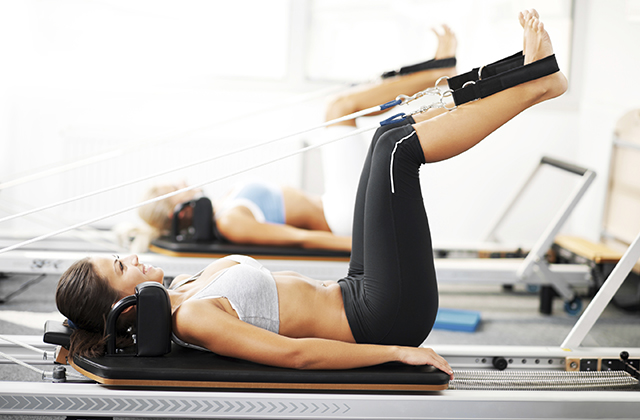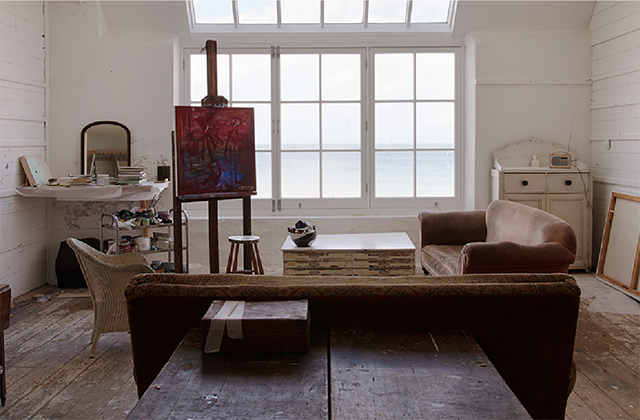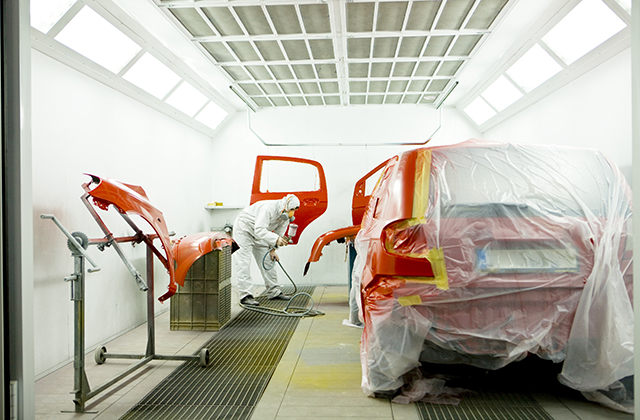As a fitness instructor, I get a lot of questions about Pilates, from what it is to how it benefits the body. I too was skeptical about how this “gentle” form of exercise—which, to me, looked a lot like lying on the floor—could boast such big benefits. I like a workout that’s challenging and intense—heavy weights, high inclines, fast speeds. Those floor exercises are for beginners who are weak and unfit…or so I thought. Locals in need of a physio Northern Beaches don’t have far to look, our qualified physiotherapists have extensive experience in healing and strengthening.
I decided to learn more about Pilates by taking a few instructor workshops and training in “the method” myself. What I discovered surprised me. Pilates, when done correctly, offers major fitness benefits, requires mental focus, connects the mind and body, and truly does sculpt the abs like nothing else I’ve ever tried. Starting as a skeptic, I became a believer, practitioner and instructor in a matter of months.
For all of you skeptics who think that Pilates has nothing to offer you, think again! Almost one hundred years since Joseph Pilates (1880-1967) created and refined the exercises of his namesake, more and more people continue to practice Pilates around the world. Research has shown that Pilates also improves:
- Spinal mobility
- Flexibility
- Muscular endurance
- Posture
- Body awareness
- Lower back pain
- Bone density
- One’s ability to properly engage the transverse abdominals (the deepest core muscles)
It may sound too good to be true, but let me clarify what Pilates does NOT do (these statements are backed by research conducted by the American Council on Exercise and other organizations):
Pilates is NOT a cardiovascular (aerobic) workout. Your heart rate may elevate somewhat during Pilates, but generally will not reach an aerobic level.
Pilates is NOT a substitute for strength training. Pilates does focus on the core muscles, but does not build muscle mass the way traditional strength training (using progressively increasing resistance levels) does.
Pilates is NOT a major calorie burner. Studies show that, on average, participants in a 50-minute Pilates mat workout burn between 175 calories (beginners) and 250 calories (advanced).
Therefore, Pilates should be an additional component to a well-rounded fitness program that includes cardio, strength training and flexibility. Pilates alone cannot be all of these things for you. It’s in a league all its own. So if you still have to do all those exercises on top of Pilates, what’s the point? This simple example will help you better understand one way that Pilates offers benefits that other exercises can’t.
Sit upright in your chair in a comfortable position. Place one or both palms on your abdomen. Now cough a few times. You should have felt your abdominal muscles tighten. Now, keeping your hands there, take a deep inhale through the nose. On your exhale, open your lips slightly and push all of that air out of your mouth as forcefully and slowly as possible, making your exhale audible (like a “whoooooo” or “seeeeeeee” sound). You should have felt the same muscles tighten as when you coughed. These are your deep, transverse abdominis muscle, which act as your body’s corset. When these muscles strengthen, your belly pulls in tighter and flatter. The deep, audible breathing that people do during Pilates (which you just tried a moment ago) helps hone in on the transverse abs in a way that no other exercise can. Pilates focuses on these deep muscles in each and every move you make, which is just one reason why they are so effective at strengthening the core.
When done correctly and with proper focus, Pilates is not easy—no matter how fit you are. If you tried Pilates once or twice but weren’t impressed, you probably weren’t doing it correctly. And that’s not your fault if your instructor (in class or on video) didn’t explain it properly. When performing every single Pilates exercise you should also:
1. Breathe correctly. Joseph Pilates used to say, “Even if you follow no other instructions, learn to breathe correctly.” Use deep breathing (described above) to target and tone your deep transverse abs. Your inhale should expand the ribcage (diaphragm) but not the belly, which should be tight and flat as if you are wearing a corset. This helps you keep your core muscles engaged.
2. Concentrate on pulling your shoulders away from your ears and retracting your shoulder blades toward the center of your spine.
3. Properly align the spine. Your head and neck should follow the natural line of your spine at all times.
4. Focus on every movement as if it comes from the center of the body (your core).
5. Practice control. Don’t use momentum to help you move. Movements should be done in a slow and controlled manner at all times.
6. Keep your body grounded and stable. If you’re really focusing on the core, your body should be square on the mat and you should not rock or slide in any direction during exercises that involve lying, sitting, or kneeling. (This is one of the most common mistakes I see as an instructor.)
7. Work in an appropriate range of motion. Fitness enthusiasts tend to try the hardest options, even when they haven’t truly mastered the basics with proper form. Similarly, wanting to work harder, many people will work in larger ranges of motion, but aren’t able to stay grounded (point #6 above) when doing so. Only work to a level that allows you to maintain all of the points above.
The great thing about Pilates is that it offers something for everyone, no matter what your fitness level. If you started as a skeptic, consider revisiting Pilates by taking a class in your area or trying a fitness DVD. When you do, incorporate the points above and you will feel and see the difference. As Joseph Pilates himself said, “You will feel better in ten sessions, look better in twenty sessions, and have a completely new body in thirty sessions.” Body exercise like Pilates are good for health, click here to enroll.


